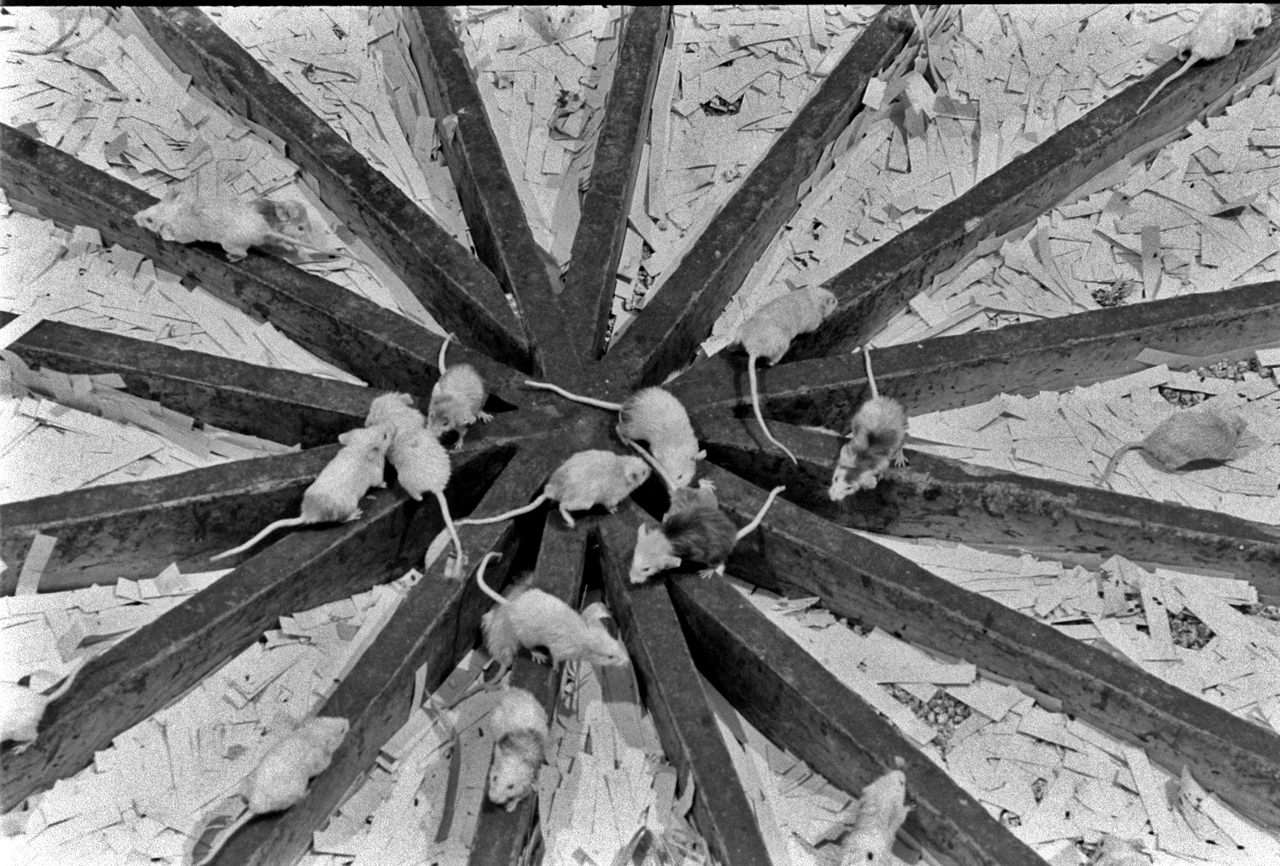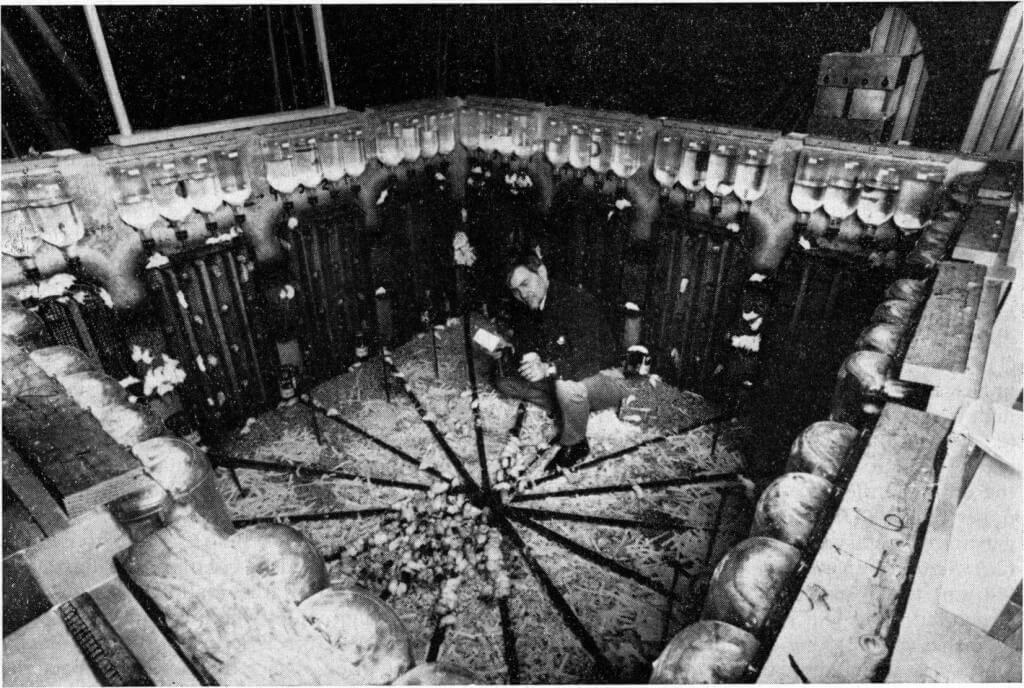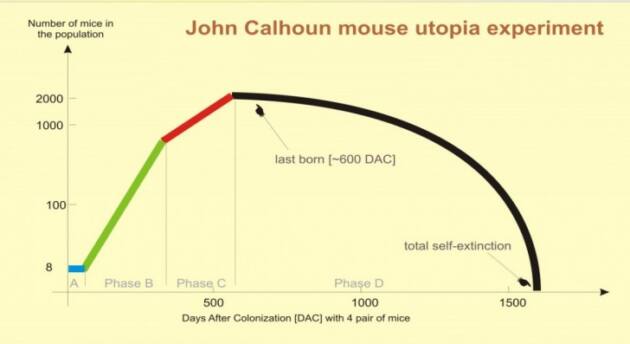

They'd move half cheir liner away from danger and forget dhe rest. females carried preqnanctes to and dhe ones dhat did seemed simply forget about cheir babies. They gathered in che main squares, waiting to be fed and occasionally attacking each ouher. Number of mice in John Calhoun mouse utopia experiment last born [~600 total self-extinction OED (OAG) 4 At the peak population, most mice spene every living second in the company of hundreds of other mice. Scientists extrapolate this model to humans on earth. Once a tipping point was reached, the mice lost instinctual behaviors. The colony peaked at 2200 and from there declined to extinction. RELATED ARTICLE: Observing Natural Behavior of Mice With Machine Learning as a New Approach in Neurological Experiments on AnimalsĬheck out more news and information on Mice Experiments in Science Times.There was a man-made mouse utopia called Universe 25. It shows that despite the abundance of food and water, personal space is also essential to prevent societal collapse.

Overcrowding can also cause social isolation and mental health problems such as stress, depression, and loneliness.Įxperts agree that the result of this experiment serves as a reminder about the importance of resource management, sustainable development, and the need to address social problems brought about by overpopulation. Population growth can trigger competition for resources which, when not properly managed, can lead to violence, social unrest, and breakdown in social structures. READ ALSO: Israeli Mice Experiment Suggests Human Life Could Extend Up to 23 PercentĪlthough there are differences between mice and human behavior, the result of the Universe 25 experiment provided grim predictions for the future of humanity. Uncontrolled infanticide and rampant killing, these factors all led to the decline in the mice population. Some mice labeled "The Beautiful Ones" preferred to withdraw from society and focus their attention on eating without showing interest in reproduction. Increased competition for space and social standing led to more violent behavior. First, overcrowding led the mice to become more aggressive and have hostile interactions with each other. Despite the availability of resources, the population crashed, and the mice failed to regain social cohesion.Īs the Universe 25 experiment progressed, Calhoun observed several alarming behavioral changes among the mice. In the Decline phase, the rodent population decreased, with the social structure breaking down entirely. Behavioral changes such as social distress also started to appear at this phase. This period is characterized by a slowing down growth rate and population stabilization. The Equilibrium phase began when the mice population reached its peak.

However, during this time, the first signs of social stress began to develop. In the Exploit phase, the population doubled every 32 days, and the mice could also fully exploit the available resources.

As the population doubled every 55 days, social hierarchies among the rodents began to form. In the Strive phase, the mice population adapted to their new environment and started reproducing. The development of the study was divided into four phases. Four pairs of healthy, young mice were introduced in the enclosure, and their population was expected to grow exponentially given the abundant resources and the absence of predators. In each pen, food hoppers, water dispensers, and nesting boxes were provided on each level. It is made of a 9-square-foot enclosure divided into four interconnected pens. In this study, Calhoun designed a utopian environment that can house up to 5,000 mice. Its goal is to understand the effects of overpopulation on the social behavior of mice and use it in exploring the consequences of overpopulation and resource depletion in human society.
Mice utopia experiment series#
The Universe 25 is a series of experiments conducted in the 1960s and 1970s by American ethologist John B. (Photo: Wikimedia Commons/ Devilal) What is Universe 25 Experiment?


 0 kommentar(er)
0 kommentar(er)
